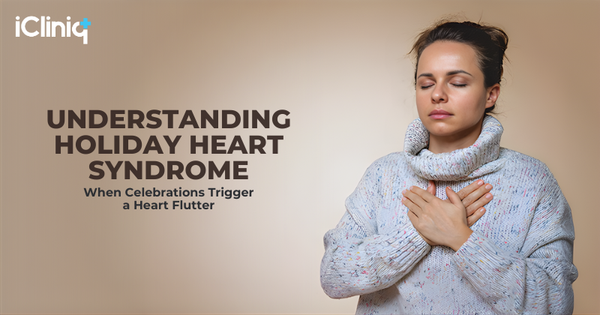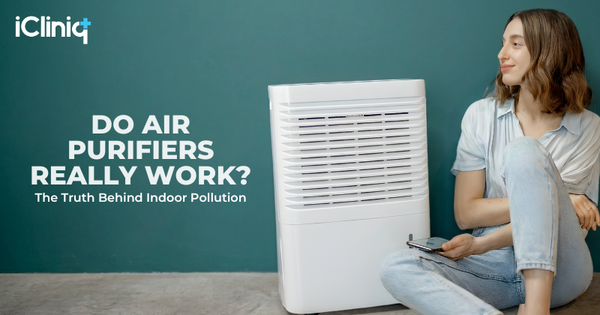Hotter Temperatures, Higher Strokes: A Global Warning
Heat stroke poses a great threat as the body overheats and cannot cool down. Stay cool and hydrated to avoid it.

The Earth is getting warmer and the weather is getting crazier. This year could be even hotter! Scientists are predicting an extra hot summer, especially in the southwest. This could lead to more droughts and wildfires. But fear not, fellow sun-dwellers! With a little preparation, we can not only survive a heat wave but thrive.
The Dangers of Extreme Heat
Heat waves are no joke! They can be deadly if not careful. A heat wave is when there is a stretch of super hot days. Heat waves are characterized by prolonged periods of high temperatures, and pose significant health risks if not approached with caution. Heatstroke is a condition in which the body struggles to regulate its temperature, and can have severe consequences, including fatalities.
The Shift in Weather Patterns
As global temperatures continue to rise, the frequency and intensity of extreme heat events are on the rise, reshaping the climate and posing significant challenges to communities across the globe. While the hot days are becoming hotter and cold days are dwindling in number, it demands urgent action to address climate change. Without substantial cuts in greenhouse gas emissions, we might observe soaring temperatures and heightened health risks.
Factors Contributing to Heat Wave Hazards
A few things can make a heat wave more likely to occur like, hot dry air blowing over a region, clear skies, and no moisture in the upper atmosphere. Heat waves can be dangerous. They can cause dehydration, heat cramps, heat exhaustion, high body temperature, confusion, seizures, and even heat stroke, which can be fatal. Heat stroke is most likely to occur in older adults, young children, and people with chronic health conditions. However, anyone can be at risk for heatstroke if exposed to high temperatures for extended periods.
Essential Tips to Beat the Heat
Here are some tips to stay safe during a heat wave: avoid going out in the sun, especially between noon and 3 pm. Drink plenty of fluids, even if you are not thirsty. Wear loose, lightweight, and light-colored clothing. Avoid strenuous activity during the hottest part of the day. While working outside, wear a hat, and use a damp cloth to cool down. Never leave children or pets in parked cars. If experiencing faintness or sickness, seek prompt medical help.
Community Efforts and Long-Term Solutions
Heat waves are dangerous but preventable. Communities can also help out by providing cooling centers, letting people know about heat waves in advance, and making sure there is enough power and water to go around. Planting trees and using special pavements can help keep cities cooler. Even things done at home, like making the house more energy efficient, can make a difference. In the long run, the key to beating heat waves is to tackle climate change by reducing greenhouse gas emissions.
While the threat of heat waves looms large, proactive measures can significantly reduce their impact. By staying informed, taking preventive actions, and advocating for broader changes, we can better protect ourselves and the community from the dangers of extreme summer weather. Together, let us beat the heat, by staying cool!





